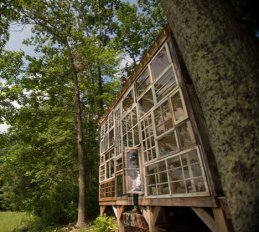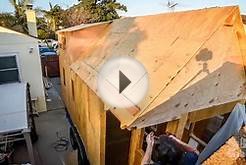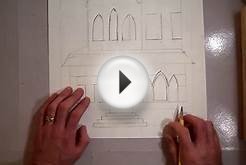Types of Frames
All-vinyl frames
These are among the least expensive options and are the easiest to maintain. Like vinyl siding, they never need painting. Early versions were plagued by long-term deterioration from sunlight and leaks caused by heat distortion, but manufacturers now use sturdier materials to combat these problems.
Solid wood frames
You can paint these classics any color you choose, but they require a lifetime of maintenance to ward off rot and keep paint looking fresh. Regardless of the cost of a wood window — the price varies with quality — maintenance time and expenditures should be factored in to any buying decision. Most manufacturers offer preprimed wood windows.
Clad wood frames
Wood frames covered on the exterior with a skin of aluminum or vinyl, these are the most popular choice. They cost more than solid wood but are easier to maintain. Vinyl costs slightly less than aluminum, but aluminum is stronger and comes in more colors. For a premium, you can even get aluminum-clads painted at the factory to match any custom house color.
High-tech composites
Fiberglass and other composites have many advantages. They can be painted like wood, and they're often stronger and more durable than wood. Tom Silva likes a composite made of recycled vinyl and wood dust. "It looks, feels, and acts just like wood, " he says. That versatility doesn't come cheap, however; composites are generally the priciest choice.
Simulated divided Lights
Designed to mimic old-fashioned multipane windows, simulated divided lights, known as SDLs, are one of the fastest growing segments of the window business. The latest design innovations — muntins affixed to both interior and exterior panes, with spacer bars in the gas-filled core — look better than less expensive snap-in grilles. "Authenticity" is the name of this game: Andersen and others have developed exterior muntin profiles with chamfered edges to suggest the apperance of wood-and-putty frames.
Factory-trimmed windows
Another recent development is aluminum-clad windows with all the exterior trim — including casings, moldings, sill, and flashing — built right in. The cladding, which comes in a variety of styles, is virtually indistinguishable from painted wood. Integrated casings can add 30 percent or more to the cost of a window, but that's still cheaper than building and painting wood trim. "I think they're good, " says Tom Silva. "I like traditional looks, and if you can get a product such as extruded aluminum to look like wood, I'm all for it."














This is because of friction between curtain and window,and friction is caused due to wind as your window is open.